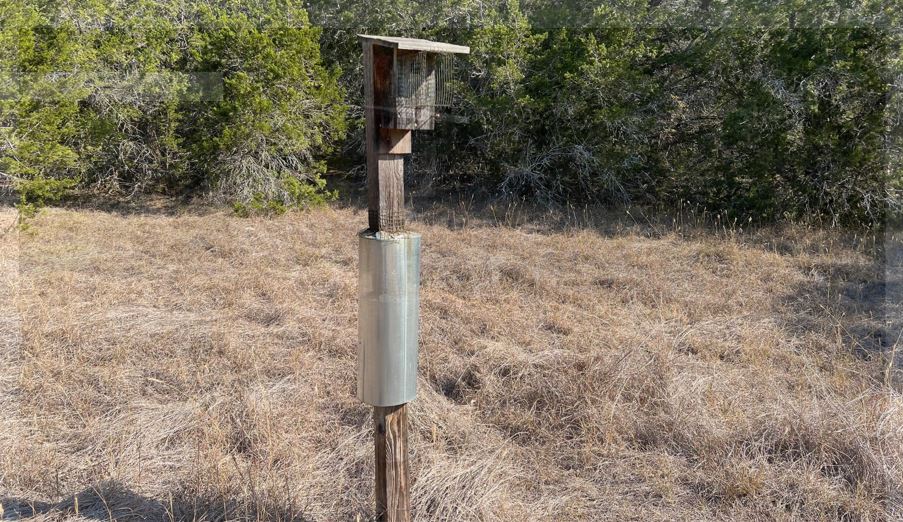The “Wildlife Exemption”
Many professionals and landowners use the terms “wildlife exemption” or “wildlife tax exemption.” Unfortunately, there is no such thing as an agricultural “exemption” on land in Texas. Land maintained under a wildlife tax valuation is not exempted from taxes. Fortunately, land with a “wildlife exemption” it is taxed differently than residential or commercial property!
In reality, ag land in Texas is taxed based on its annual agricultural production value. This tax is based on the estimated agricultural revenue each acre of land can produce annually. This is good for landowners because the land is not taxed based on its market value. Every property owner has to pay property taxes, but not necessarily at the same rate.

The Wildlife Exemption in Texas
In Texas, actively managing for wildlife and wildlife habitat is considered an agricultural activity. This allows landowners to maintain ag taxes by implementing wildlife management activities instead of farming or ranching. The program is really a conservation incentive by the State of Texas. It’s important to note that only land that is currently appraised as agricultural land or timber land may convert to wildlife management use..
To apply, the landowner must submit a wildlife management plan that outlines the qualifying activities that will take place on the land annually. In addition, the landowner must submit an application with the wildlife management plan to the local county appraiser.
We can help you convert traditional agricultural land to wildlife management use. Pay taxes based on agricultural production values rather than residential property value. Whether you’ve owned the land for a while or just recently purchased, consider contacting us. We can help convert your Texas land to a wildlife exemption.
Wildlife Valuation Factor: The 7 Year Cycle
Agricultural appraisal is based upon a seven year cycle. During this cycle, the land may lie fallow (rested) for a period of two years. Since this cycle does not start over when a new buyer purchases the land, it’s good to know exactly where a property is in this cycle prior to purchase. The wildlife management tax valuation use is not a separate, or an additional appraisal for property. It is another agricultural practice that can be used to maintain a 1-d-1 tax valuation on a property.
